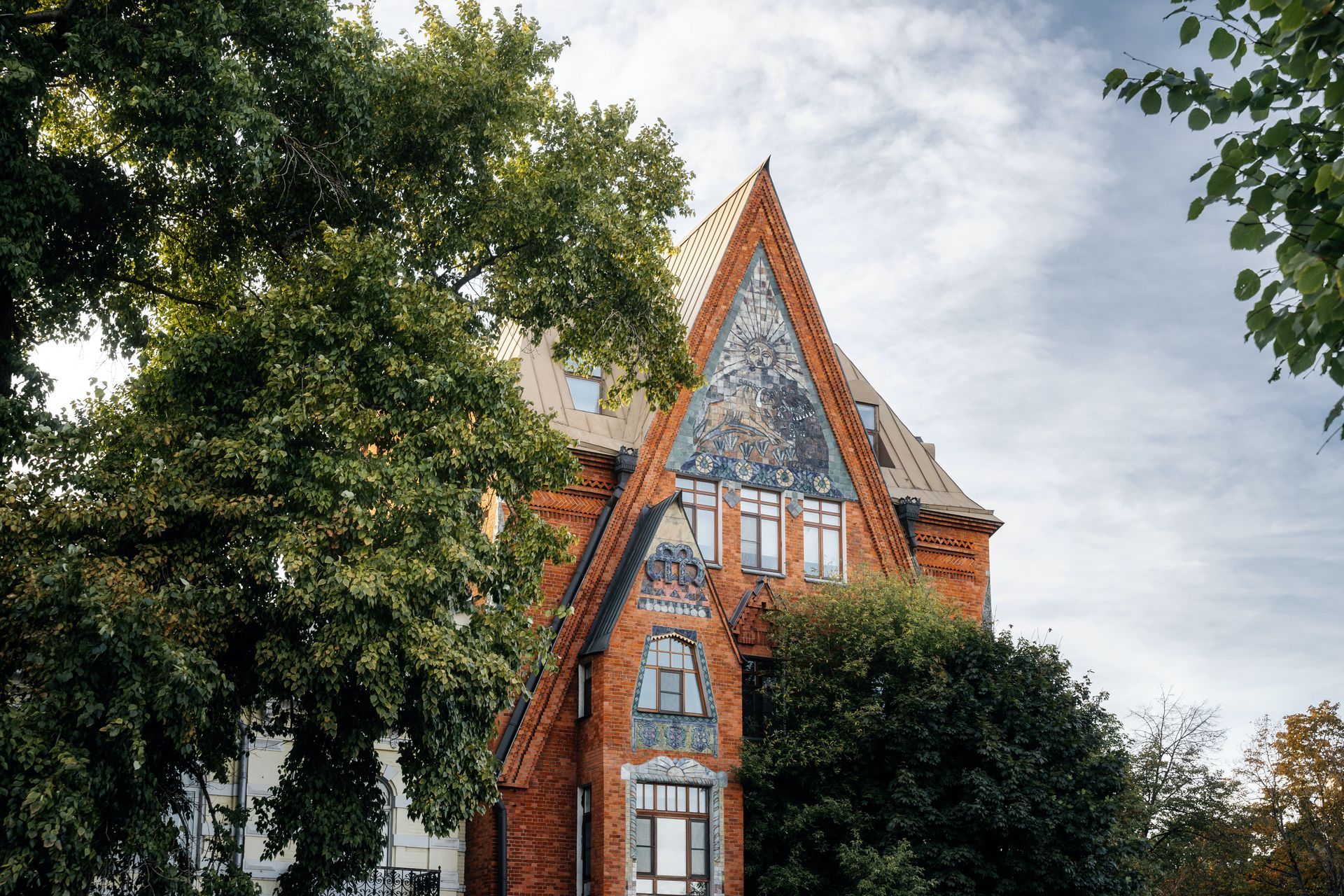funerals
Holy Family Parish stands ready to assist our members and their families as they deal with the mystery of Christian death. If a loved one has died and you need to plan a funeral immediately, please call our Emergency Extension, and a priest will be in contact with you as soon as possible: 919-732-1030, ext. 9. Many Christians seek to plan their funerals ahead of time, and so we make these resources available to all. Once you have thought and prayed over the options available, we invite you to make an appointment with Father Ryan in the office to make out a funeral plan and keep it on file at the parish. The following information is also available as a booklet which you can download and print.
FIRST THINGS FIRST … WHY CELEBRATE A CATHOLIC FUNERAL?
The human person is the living image of God, God’s creation, and His plan of salvation (Evangelium Vitae, 52). When we are brought into the sacramental grace of Baptism, each person receives a likeness to Christ, and the human body becomes a temple of Holy Spirit. When a person dies, we are reminded of all the ways that the deceased carried out the ministry of God’s plan in and through the body: hearing Word; celebrating the Sacraments; offering gestures of faith, hope, kindness, and compassion; and showing courage in the face of great adversity. The body is also a visible reminder to us of the bonds of family and the expressions of friendship which are irreversibly tied to this person now deceased (OCF Appendix Cremation, 411). In addition, having known the reality of sin and the struggle of the deceased to be faithful to God through the journey of this life, we may also be reminded of how God’s mercy was present to assist the deceased in the struggle with sin and the way of conversion. Because each baptized believer responds to God’s action in and through the body, from its beginning at the moment of conception to its end in natural death, the Church assigns great reverence to the body of one who has died, and cares for both the soul and the body as she ministers to the whole person. Thus, at death, the Church offers the Funeral Rites to assist the transition from life through death into eternity.
PARTS OF THE CATHOLIC FUNERAL RITES
Vigil Service (often called a “Wake”) – a prayer service in the presence of the body of the deceased. It may be formal, with readings and prayers by a Priest or Deacon, or it may be more informal, with the praying of the Rosary or devotional prayers. If a member of the family or a close friend would like to offer words of remembrance, this typically happens at the Vigil Service.
Funeral Mass (or Funeral Service outside Mass) – a Funeral Mass is the greatest gift the Church gives one of her members who has died. The prayers ask for God’s mercy on the deceased and express our human love for him or her, and the Mass gives family and friends an opportunity to hear the words of Scripture speak to their grieving and bring them peace. If for some reason a Funeral Mass cannot be celebrated, a Funeral Service with a Liturgy of the Word may be celebrated instead.
Rite of Committal – the final burial of the earthly body of the deceased, either immediately following the Funeral Mass (or service), or at a later time. It may be celebrated in a different location than the Funeral Mass, if necessary.
Reception – while not part of the Funeral Rites themselves, Holy Family is happy to offer a reception in the Parish Hall for those attending the funeral rites and welcome them to fellowship.
VIGIL SERVICE
The Vigil Service has two forms ... one which is informal, and the other which is more structured:
- Informal gathering – The family and friends gather at an appointed time. The Priest or Deacon leads brief prayers for the repose of the departed, and may lead other prayers such as the Rosary. After the prayers, friends and family members may speak and share memories of the departed. If “visitation hours” are offered to greet and speak with the family, then the informal prayer service will typically conclude this time.
- Vigil Service for the Deceased – This service of the Church brings the presence of Christ into the experience of death. This form is often preferred by families who need some structure to help them organize their thoughts as they experience the death of a loved one, or for families who desire a longer “wake” celebration, with the Vigil Service at the beginning of the “visitation hours.” It is led by a Priest or a Deacon with the following form:
- Sign of the Cross and Greeting
- Opening Song (optional)
- Opening Prayer by presiding Priest or Deacon
- Liturgy of the Word which includes a reading from the Gospel, and may include a First Reading and Responsorial Psalm at the desire of the family
- Brief homily by the presiding Priest or Deacon
- Prayers of Intercession for the deceased and those who mourn
- The Lord’s Prayer
- Concluding Prayer by Priest or Deacon
- Blessing of those Gathered
- Words of Remembrance by family and friends (optional)
THE FUNERAL MASS (OR SERVICE)
The funeral Mass or service usually happens the day after the Vigil or Wake service. For a very serious reason, it can be celebrated shortly after a Vigil Service on the same day. Only for a very serious reason can it be celebrated outside a church. At the appointed time, the family gather at the entrance to the church. The Priest greets them and sprinkles the casket or urn with holy water as a reminder of Baptism.
- Placing of the Pall, as a reminder of the Baptism of the deceased, when we were first clothed in Christ.
- Placing of a Christian symbol which had particular significance for the person who died. (optional … limited to a specifically Christian symbol: Bible, Cross, or Rosary)
- Procession to the altar, accompanied by an Entrance Hymn
- Opening Collect (prayer) from the Funeral Mass
- Liturgy of the Word with an Old Testament reading, Responsorial Psalm, New Testament reading, and Gospel reading … options for these are found on pages 5-17 of the funeral planning booklet.
- Homily by the presiding Priest or Deacon
- General Intercessions
If this is a Funeral Service instead of a Funeral Mass, the service concludes with the Lord’s Prayer and the Final Commendation and Dismissal. If the Funeral Mass is celebrated, then the liturgy continues with the Liturgy of the Eucharist:
- Presentation of the Gifts of bread and wine
- Eucharistic Prayer
- Lord’s Prayer and Sign of Peace
- Communion Rite
- Prayer after Communion from the Funeral Mass
- Incensation of the casket or urn and Song of Farewell
- Final Commendation of the deceased to God
- Procession to the cemetery for burial
THE RITE OF COMMITTAL (SERVICE OF CHRISTIAN BURIAL)
A deceased Christian should buried in the ground to await the Resurrection, either in a casket or as a cremated body. Many people choose to be buried in "hallowed" or consecrated ground in a Catholic cemetery; the Catholic cemeteries in the Diocese of Raleigh are listed here.
- Arrival at the cemetery or place of burial
- Invitation to Prayer
- Short Verse from Scripture, read by the presiding Priest or another reader
- Prayer over the Place of Burial by the Priest
- Intercessions for the deceased, family, and friends, read by the presiding Priest or another reader
- The Lord’s Prayer
- Concluding Prayer and Prayer over the People
- Dismissal
* If the deceased is a veteran, the Military Honors are celebrated after the Dismissal.
** Committal of the Body to the place of burial may occur immediately after the Prayer over the Place of Burial, but in practice usually will be delayed until after the family and friends depart.
RECEPTION
The community of Holy Family Parish is happy to provide a time of fellowship and consolation for the guests at a funeral. Arrangements for a funeral reception will be made at the same time the funeral rites are scheduled.
FUNERAL RITES PLANNING APPOINTMENTS
If you are ready to begin planning your funeral rites, we invite you to make an appointment with Father Ryan in the office. If you wish, you may make notes on this planning form and bring it with you.





